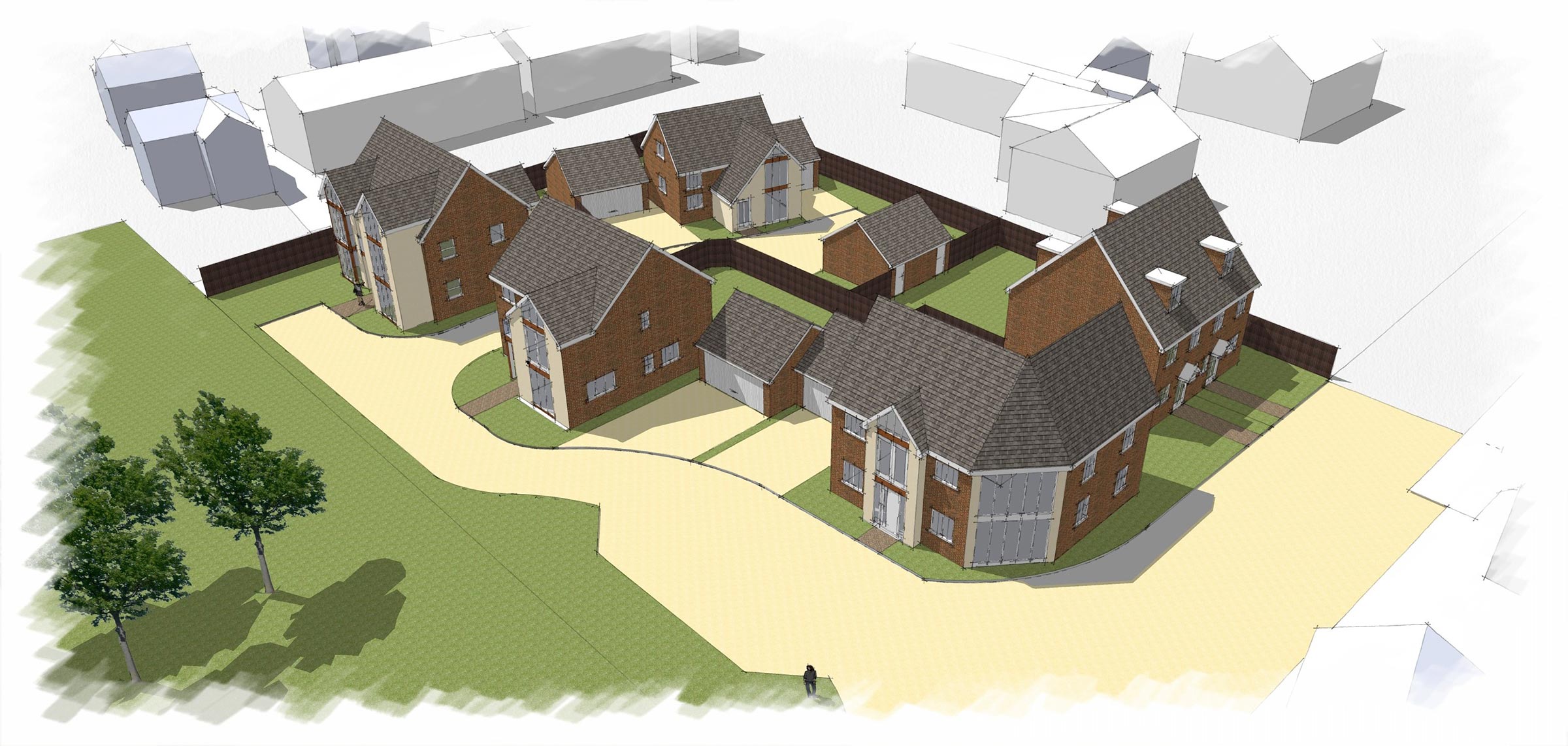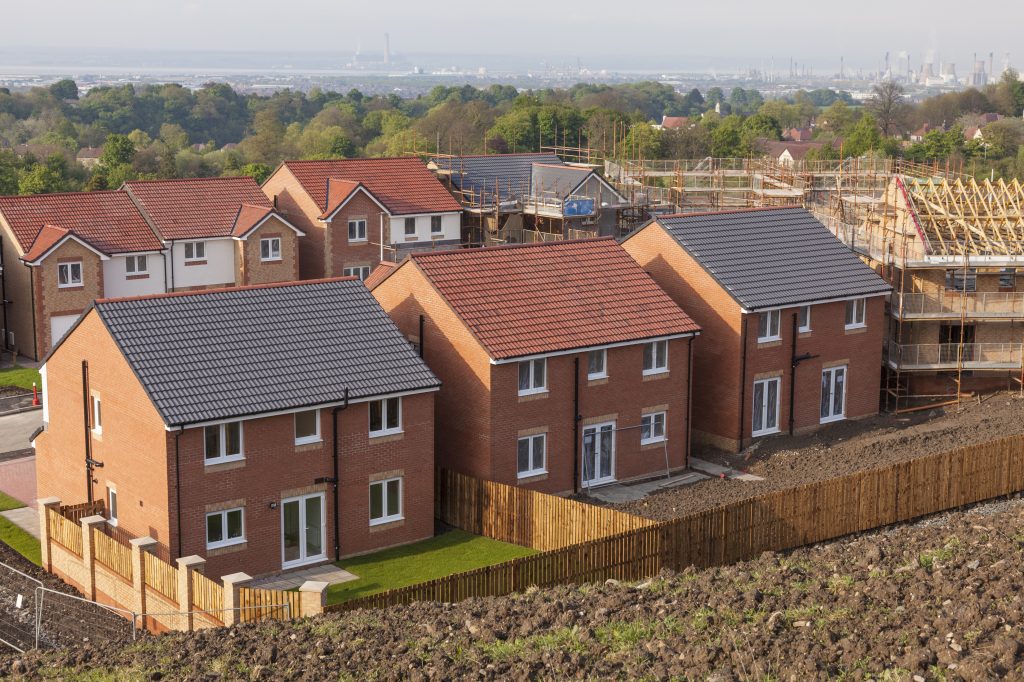Latest News
Land and Property Professionals
We sell, rent, manage, survey, plan and advise...what can we do for you?
We sell, rent, manage, survey, plan and advise...what can we do for you?

The Labour Government came to power around a year ago, loudly trumpeting that they would free up the residential development land market. For years, the allocation of new residential development sites has fallen woefully short of the numbers required for our growing population. This results in inflated house prices and real difficulties in providing adequate housing for those with the least resources.

Labour’s target was to build 1.5 million homes in their first 5-year term, but 300,000 dwellings a year is double the level achieved in some recent years. The Government is perhaps just beginning to realise the magnitude of the task facing them.
There is no doubt that positive steps have been taken. Requirement for authorities to have adequate housing land supplies has been reinstated, funding has been made available for additional planning officers, inspectors are instructed to deal harshly with draft Local Plans which do not adopt the latest housing requirements, and the appeals process has license to grant opportunistic applications where the local authority’s provisions are not up to scratch.
There is no doubt that problems persist – at Robinson & Hall, we are sitting on two major planning applications of in excess of 400 dwellings each where the local authority resolved to grant planning consent more than a year ago but where the formal planning consent is still not issued – but it seems that a greater number of consents are at last beginning to come forward. Locally, we have benefitted from a positive appeal decision for 50 dwellings where the draft Local Plan has recently been deemed to be unsound, and another unallocated site for in excess of 300 dwellings is now being recommended for approval by planning officers.
What does all this mean for the value of land with the benefit of a planning consent?

There is always a delicate balance between supply and demand in the housing land market, and of course there are significant regional variations. Prices can be sensitive to the cost of materials and labour, prevailing interest rates, the growth or decline of the economy, and to public sentiment. The supply of planning permissions is also an important factor.
Locally, prices for development sites fell off a cliff after the Truss Government, but they have recovered well since, and they appear to have strengthened further over recent months. The return of funding to the affordable housing sector has helped greatly. ‘Pub talk’ of £1,000,000 per acre might be wishful thinking. However, our farmer clients who have a robust promotion agreement in place can often achieve many hundreds of thousands of pounds per acre for a good planning permission.
Sadly, we also come across landowners who have entered into unwise agreements, who end up with less than expected. It is vital to take good advice from the outset.
Opportunities abound for making opportunistic applications at the current time, on the back of the steps taken by this Government. We are putting many new promotion agreements and option agreements into place between landowner clients and professional promoters, and we fully expect that more planning consents will be seen over the next year or two.
Increased supply might put pressure on land prices, but we have confidence that the overall shortfall in housing supply will take many years to put right. For as long as middle-income families have access to mortgages at acceptable rates, housebuilders will continue to build houses, and they will continue to need further land to remain in business.
At Robinson & Hall, we act for landowners and farmers across the region, helping them through the difficult task of dealing with local authorities, developers and housebuilders. We have had many notable successes over many years.
If you would like to find out more about how we can help you, then please contact David.
Back to articlesFor further information please contact: